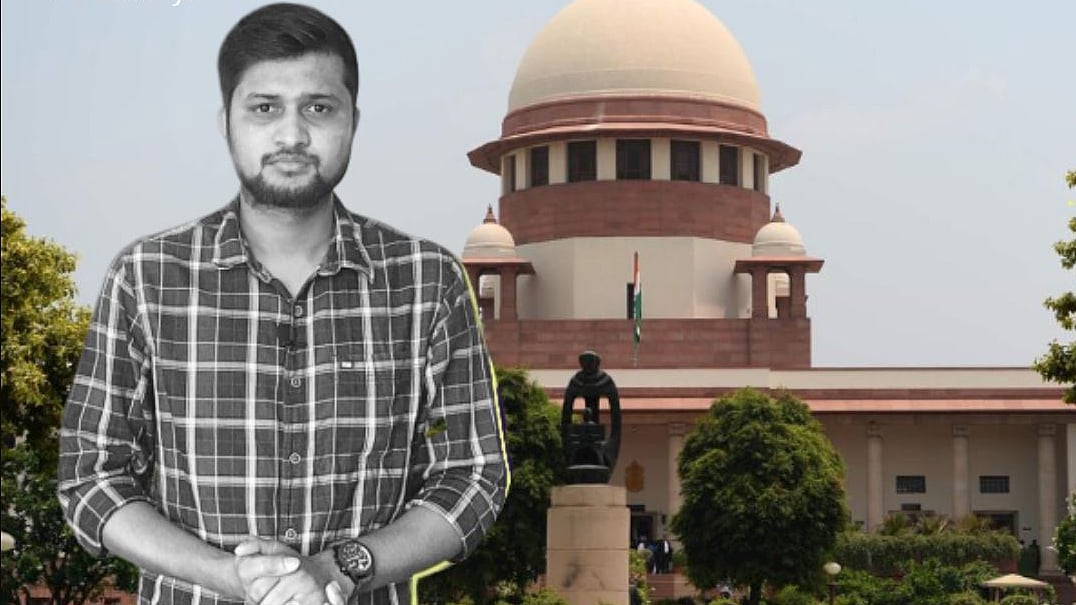Ayodhya Verdict: On What Basis Was Muslim Side’s Claims Rejected?
The disputed land has been ordered to be given to the Hindus. But on what basis has the Supreme Court decided this?

advertisement
The Supreme Court's decision has come on the Ramjanmabhoomi-Babri Masjid dispute in Ayodhya. The disputed land has been ordered to be given to the Hindus. But on what basis has the Supreme Court decided this?
On what basis has an order been given for 5 acres of land to the Sunni Waqf Board?
And what is the reaction of different parties to the Supreme Court verdict, is there any challenger to it?
The Constitution Bench headed by CJI Ranjan Gogoi has given its verdict on the Ayodhya case on 9 November. This decision has come while hearing the petitions filed against the 2010 Allahabad Court on the Ayodhya case.
The high court, in its judgment, had ordered the disputed land to be shared equally between the 3 main petitioners of the case – Ramlalla Virajaman, Nirmohi Akhara and Sunni Waqf Board.
The Supreme Court's Constitution Bench has said in its 1,045-page decision that 2.77 acres of disputed land be given to the deity Ramlalla. However, this land will remain in the possession of the receiver of the central government. The court has asked the central government to plan within 3 months and form a trust for the construction of the temple.